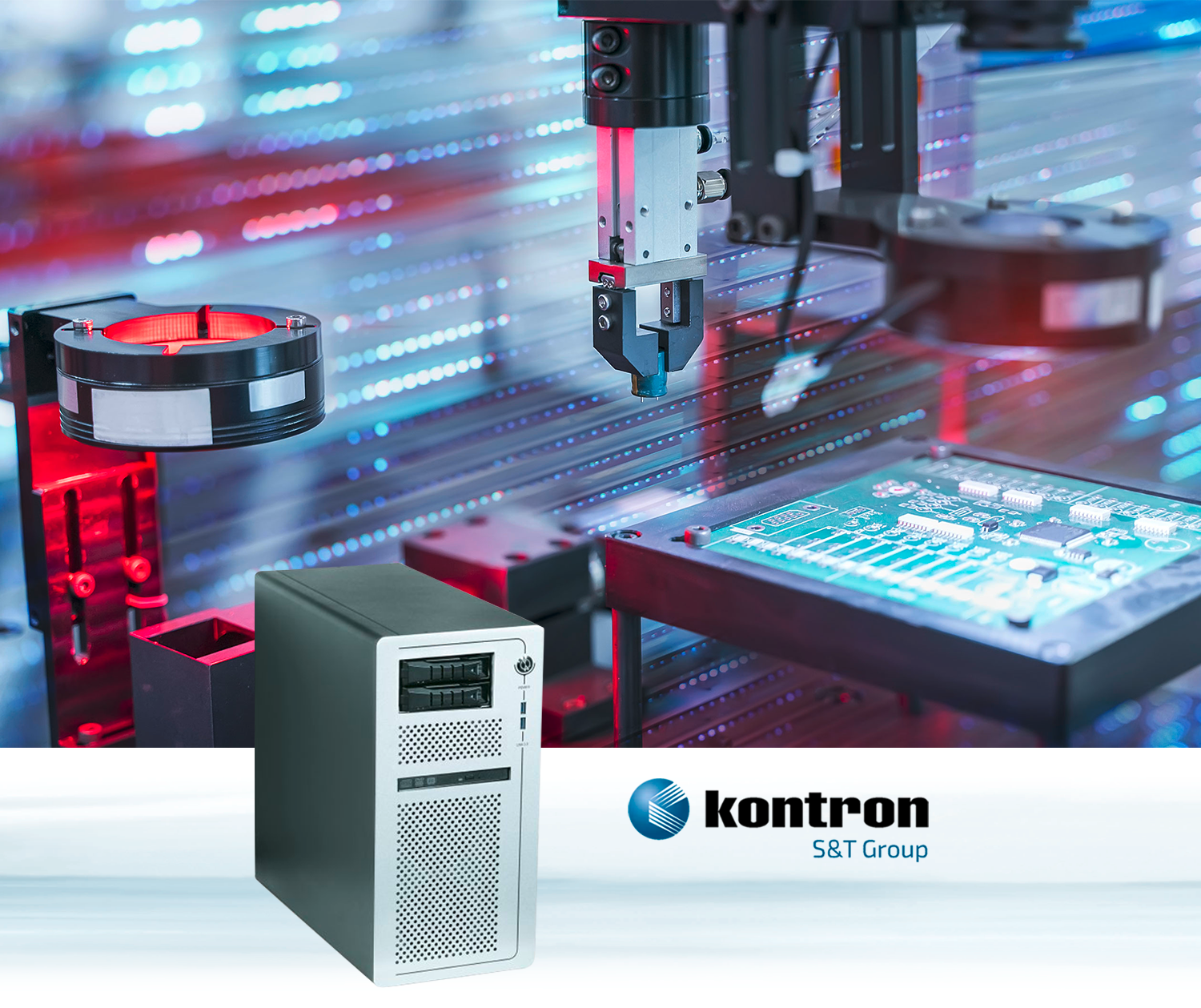Robotron and
Kontron simplify computer vision
Many manufacturing companies still find it difficult to get started with Artificial Intelligence (AI), not least
because of the complex hardware selection. In the new AI workstation, Robotron and Kontron now combine two of
their innovative solution approaches for the uncomplicated and fast application of computer vision. The
multi-purpose AI workstation enables training, execution and inference of algorithms for a wide range of models
and frameworks. The standardized approach covers up to 90 percent of all deployment scenarios and enables
manufacturing engineers without programming experience to solve their inspection problems through computer
vision in real time.
The name Robotron is familiar to many: In DDR times, almost 70,000 people worked at the Dresden-based computer
technology combine. After the fall of the Wall, the state-owned company was about to be wound up, but senior
managing director Dr. Rolf Heinemann decided on a management buyout. In 1990, he founded the Robotron
Datenbank-Software GmbH with eight other shareholders and 26 employees at the time. Today, the most important
segments include the energy sector, public administration and industry, especially discrete production within
manufacturing and automotive fields. The company has remained dedicated to its core competence: the effective
management and evaluation of large volumes of data on the basis of database software. Today, around 600
employees generate annual sales of 62 million Euros.
Bringing computer
vision into practice
Artificial Intelligence applications in industry are currently in vogue, especially for topics such as quality
control and predictive maintenance. There are different approaches, many based on imaging, others on rule-based
methods. The range is wide and it is important to choose the right method. In order to put the computer vision
application scenarios into practice, sufficient image data sets and annotated knowledge are required first and
foremost. The images must be appropriately labeled so that the algorithm knows, for example, what a correct or a
faulty component looks like. The algorithm is then trained with this input.
A typical hurdle for many users still is the lack of knowledge on the subject of Artificial Intelligence. There
often is a lot of need for explanation, and dealing with new technologies is a challenge, especially in the
production environment with existing inventory solutions.
AI projects therefore often take place outside of
actual production in so-called innovation hubs.
There, however, the practical input and, above all, the
continuous integration into the processes are often missing.

Video KWS 3000-CML – Powerful workstation for machine learning and AI workflows


